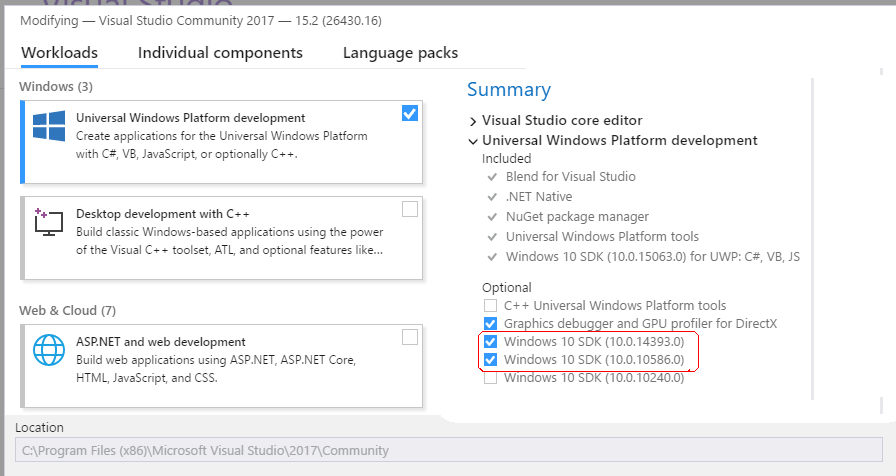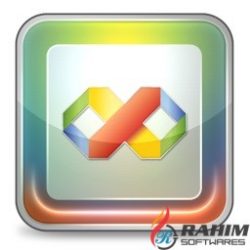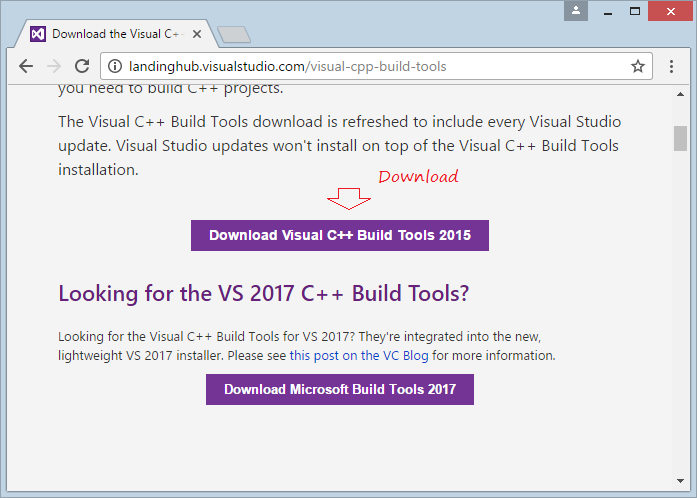

- VISUAL STUDIO 2017 BUILD TOOLS INSTALL
- VISUAL STUDIO 2017 BUILD TOOLS UPDATE
- VISUAL STUDIO 2017 BUILD TOOLS FULL
- VISUAL STUDIO 2017 BUILD TOOLS LICENSE
- VISUAL STUDIO 2017 BUILD TOOLS DOWNLOAD
VISUAL STUDIO 2017 BUILD TOOLS INSTALL
You can also find us on Twitter ( and Facebook ( msftvisualcpp).Please note that the official Node.js for Windows installer can now automatically install the required tools. We can be reached via the comments below, via email ( and you can provide feedback via Help > Report A Problem in the product, or via Developer Community. If you have any feedback or suggestions for us, let us know.
VISUAL STUDIO 2017 BUILD TOOLS DOWNLOAD
If you still need the v140 tools in your build or CI systems, you should download the Visual Studio Build Tools from. Now that the VS2017 Build Tools include the latest MSVC v140 compilers, we’re deprecating the old Visual C++ Build Tools from the VS2015 era. Running cl -Bv shows that the environment is set up for the right version of the tools. Here’s an example of a command to set up the environment for the v140 x86-hosted, 圆4-targeting tools. We’ll do the same, but add a new parameter that tells vcvarsall.bat to set up the environment for the v140 toolset: -vcvars_ver=14.0. The contents of these files are pretty simple: they all just invoke vcvarsall.bat with the proper architecture parameter. If you go into the folder C:\Program Files (x86)\Microsoft Visual Studio\2017\BuildTools\VC\Auxiliary\Build you’ll find four developer command prompts (named vcvars*.bat). You can easily modify them to create command prompts for the VS 2015 v140 MSVC tools. The Visual Studio 2017 command prompts work as expected.
VISUAL STUDIO 2017 BUILD TOOLS UPDATE
We’ll remove these from the setup in a future update of the Build Tools. Unfortunately, the ones in the Visual Studio 2015 folder don’t work. The Build Tools workload creates a couple of folders containing Developer Command Prompt shortcuts for you on the Start menu. To install them just select the “VC++ 2015.3 v140 toolset for desktop (x86,圆4)” at the bottom of the “Optional” section.Īfter the product install finishes you can click the “Launch” button on the VS installer to open a Developer Command Prompt for VS2017 with the v141 MSVC toolset in the path and ready to go. The v140 toolset from VS2015 will install side-by-side with the v141 toolset. The Visual C++ build tools workload in the Visual Studio Build Tools will install the latest v141 toolset from VS2017 by default.
VISUAL STUDIO 2017 BUILD TOOLS FULL
That happens because we build the full Visual Studio and the Visual Studio Build Tools in separate branches that may be built on different days. You might notice that the compiler toolset build version may not match the version in a full VS 2015 install, even though they are the same compilers. We’ve updated the Visual Studio Build Tools to include the v140 toolset from Visual Studio 2015 Update 3 including the most recent servicing release. Many of you have told us that you still need the MSVC v140 toolset from Visual Studio 2015 to continue building older codebases.
VISUAL STUDIO 2017 BUILD TOOLS LICENSE
The Build Tools are licensed as a supplement to your existing Visual Studio license so there’s no extra cost to integrate them in your workflow. You can download the Visual Studio Build Tools today from. When we release VS2017 version 15.5, now available in Preview, we’ll update the MSVC compiler toolset in the Visual Studio Build Tools again. The MSVC compiler toolset in the Visual Studio Build Tools currently has all of the C++17 features and STL fixes from the VS2017 version 15.3 release. As we did in the VS2015 timeframe, we updated the MSVC compiler toolset in the Build Tools to match the VS 2017 v141 compiler toolset. With Visual Studio 2017’s new, flexible installer we were able to move away from our custom C++ Build Tools setup to use the new VS 2017 install experience. The tools are always kept up-to-date, shipping only the latest supported version of the MSVC compiler toolset. Many developers have found them useful in environments that don’t require a full VS install such as build servers or CI systems.

The C++ Build Tools were originally released as a standalone installer that only laid down the tools required to build C++ projects without installing the Visual Studio IDE.

The Visual C++ Build tools have been a huge success since we introduced them two years ago.


 0 kommentar(er)
0 kommentar(er)
